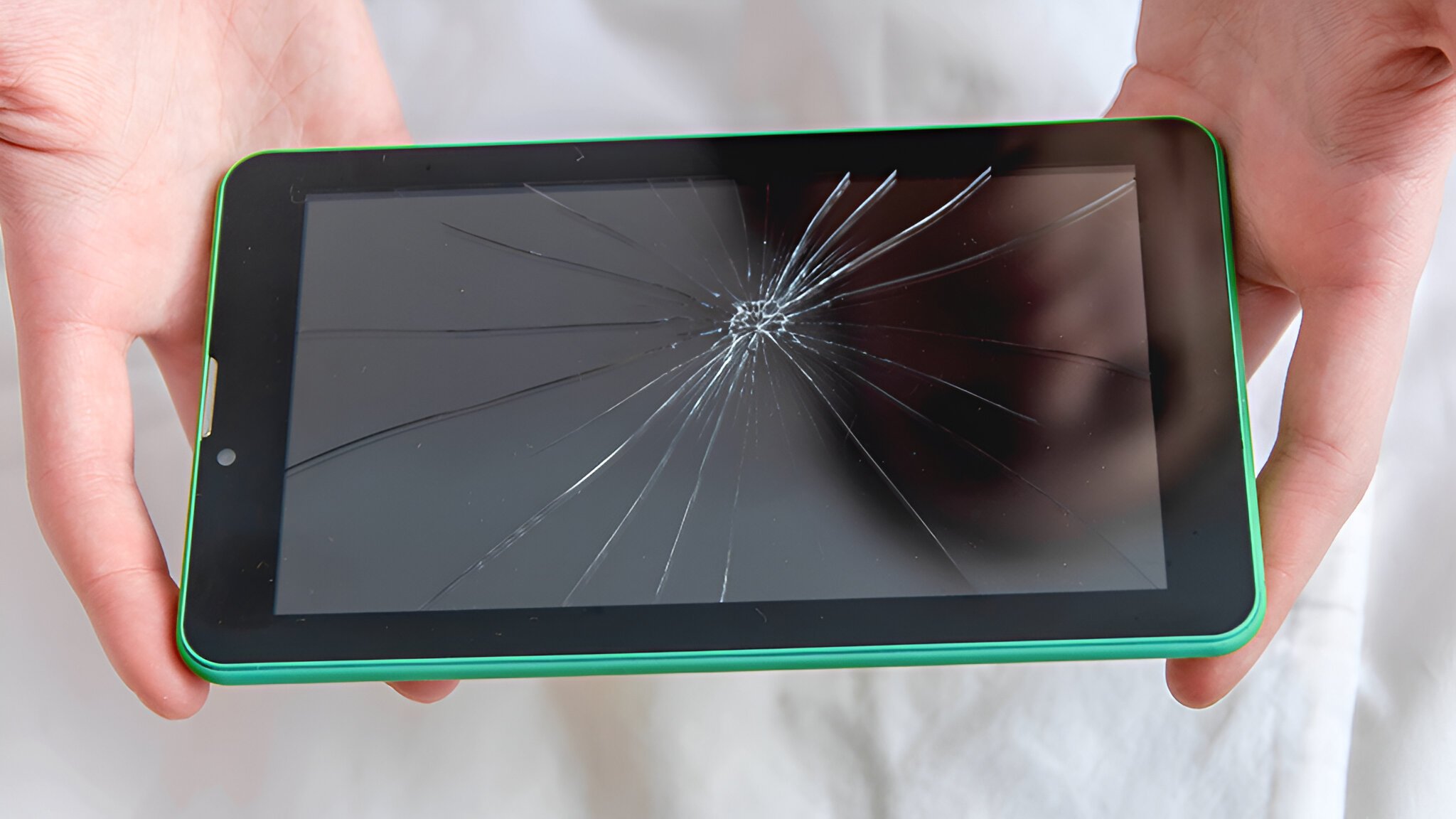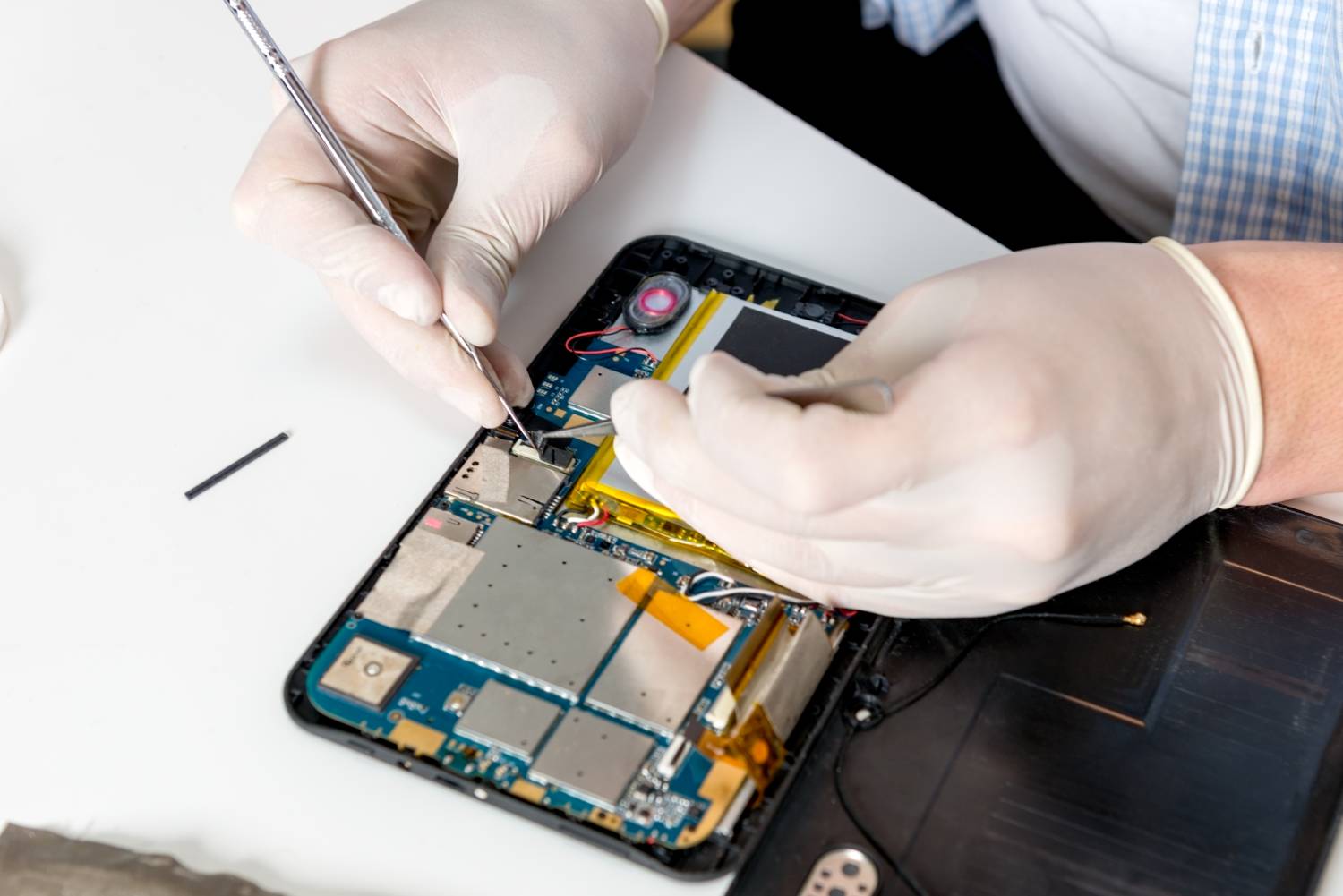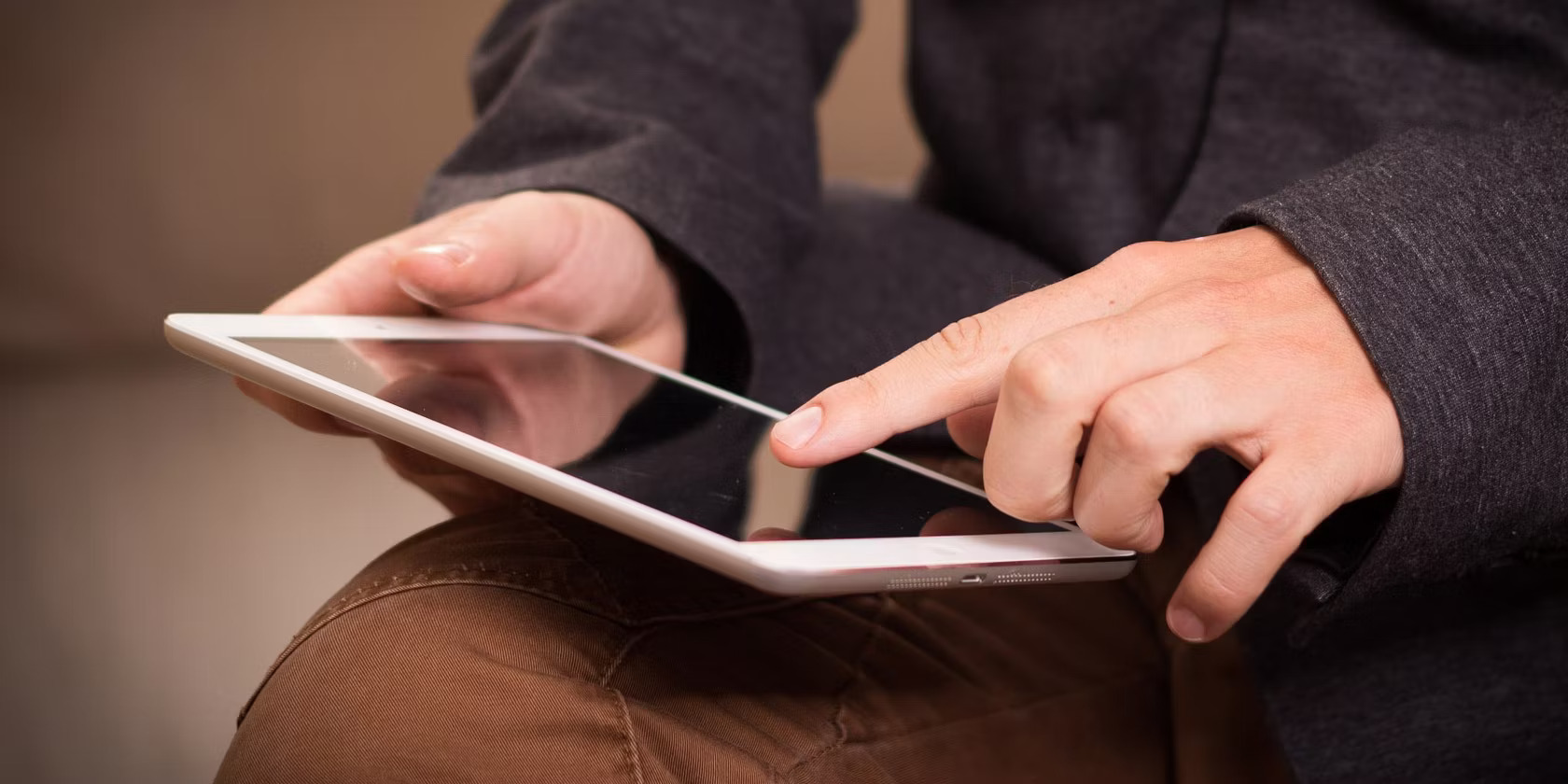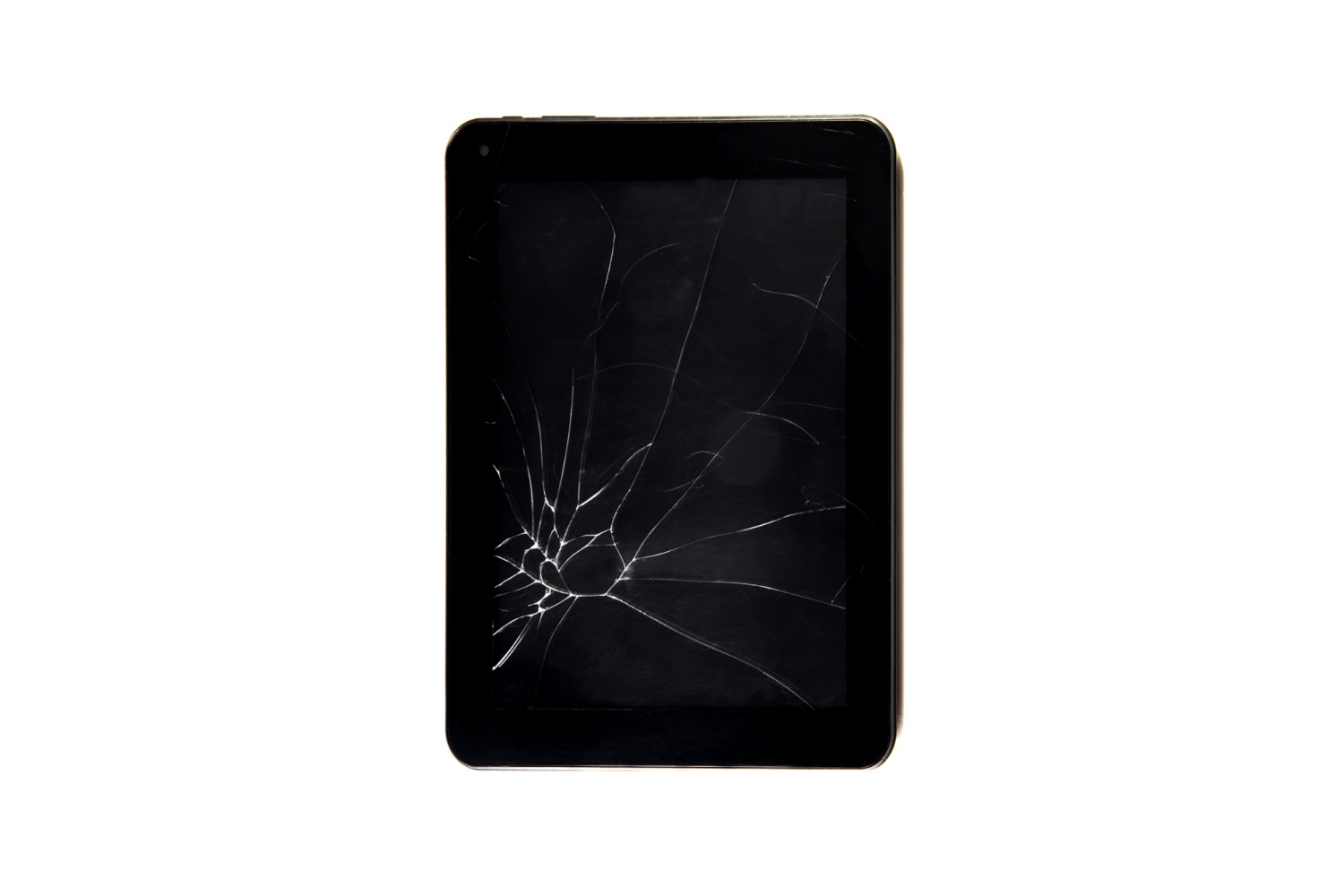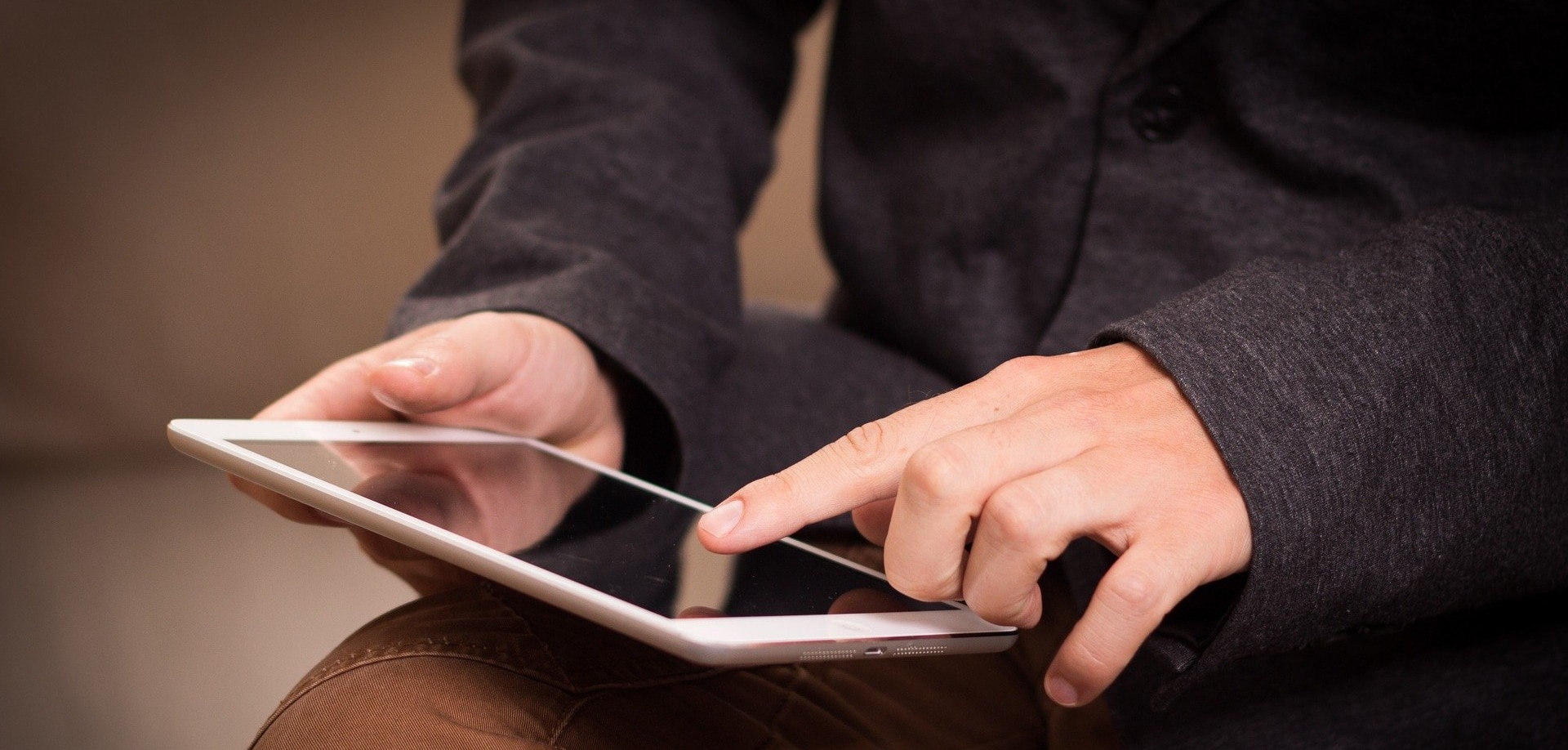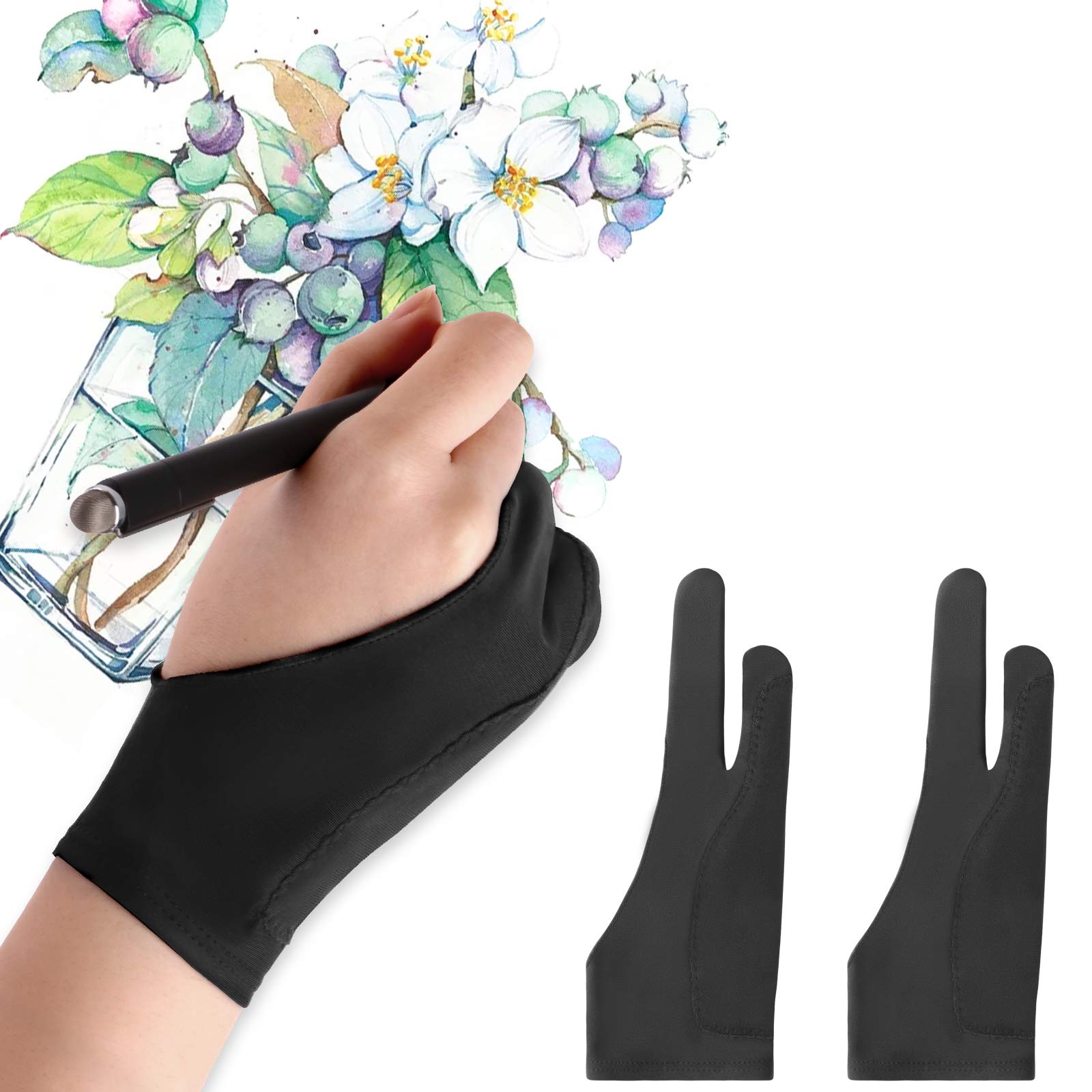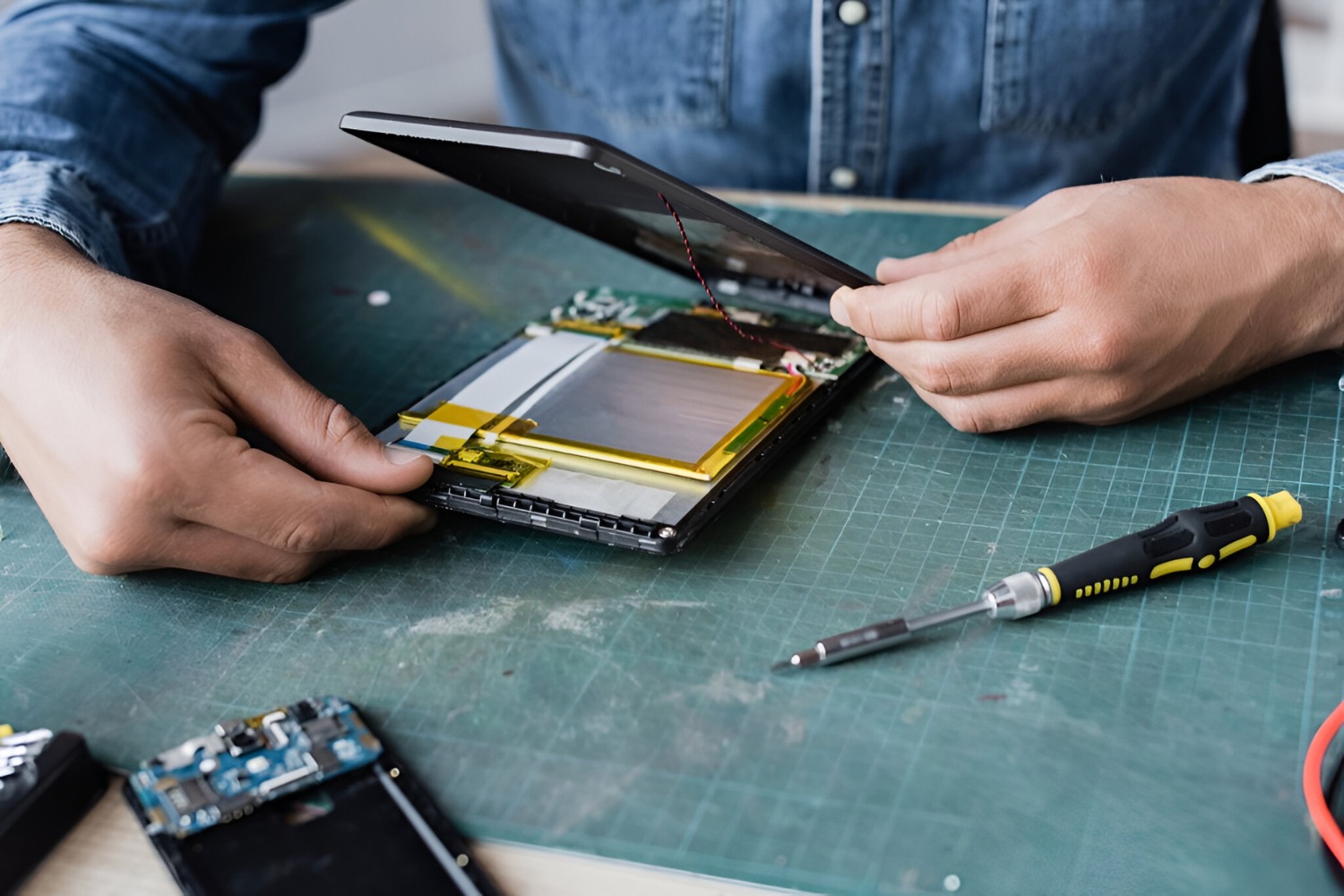Introduction
Welcome to the world of modern technology, where tablets have become an integral part of our everyday lives. Whether it’s for work, entertainment, or staying connected with loved ones, tablets have revolutionized the way we interact with digital content. However, what happens when the touch screen on your beloved tablet starts malfunctioning? It can be frustrating and impede your ability to efficiently navigate and interact with the device.
In this article, we will explore various troubleshooting steps to help you fix your tablet’s touch screen. From simple solutions like restarting your tablet and cleaning the screen to more advanced techniques such as calibrating the touch screen and performing a factory reset, we have you covered. So, if you’re ready to reclaim the smooth and responsive touch experience of your tablet, let’s get started.
Before proceeding with any troubleshooting steps, it’s important to note that different tablet models may have specific methods or settings. Therefore, it’s always a good idea to refer to your tablet’s user manual or the manufacturer’s website for model-specific instructions.
Whether you’re experiencing unresponsive areas, ghost touches, or a completely non-functional touch screen, we’ll guide you through a series of methods to help resolve the issue. So, without further ado, let’s dive into the solutions and get your tablet touch screen functioning flawlessly once again.
Restart Your Tablet
When faced with a malfunctioning touch screen on your tablet, the first step you should take is to restart the device. This simple solution can resolve various software-related issues and refresh the tablet’s system, potentially fixing the touch screen problem.
To restart your tablet, follow these steps:
- Press and hold the power button until you see the option to power off your tablet.
- Select the option to power off, and wait for your tablet to completely shut down.
- Once your tablet is powered off, press and hold the power button again to turn it back on.
- Wait for the tablet to boot up and check if the touch screen is now functioning correctly.
If the touch screen is still unresponsive after restarting your tablet, move on to the next troubleshooting steps. It’s worth noting that a restart is a simple and non-intrusive step that can often resolve minor glitches, so it’s always worth trying before proceeding to more advanced solutions.
Clean the Screen and Your Fingers
An accumulation of dirt, oils, or debris on your tablet’s touch screen can interfere with its responsiveness. Cleaning both the screen and your fingers can help eliminate any potential obstructions and improve the touch screen’s functionality.
To clean the screen:
- Turn off your tablet and disconnect it from any power source.
- Dampen a microfiber cloth or a lint-free cloth with a small amount of water or screen cleaning solution.
- Gently wipe the screen in a circular motion, avoiding excessive pressure.
- Be sure to pay attention to the edges and corners of the screen as well.
- Allow the screen to air dry or use a dry part of the cloth to remove any excess moisture.
It’s important to note that you should avoid using harsh chemicals or abrasive materials to clean the screen, as they can damage the protective coating. Stick to using a soft cloth or a screen cleaning solution specifically designed for electronic devices.
In addition to cleaning the screen, it’s also important to clean your fingers or use a stylus when interacting with the touch screen. Sometimes, oils, lotions, or dirt on your fingertips can create a barrier between your touch and the screen, resulting in a sluggish or unresponsive touch experience.
By ensuring that both your tablet’s screen and your fingers are clean, you can help optimize the touch screen’s sensitivity and accuracy.
Remove the Screen Protector
If you have a screen protector or a tempered glass protector on your tablet’s touch screen, it could be causing issues with its responsiveness. While screen protectors are designed to protect the screen from scratches and smudges, they can sometimes interfere with the touch sensitivity.
To determine if the screen protector is the culprit behind the touch screen issues, follow these steps to remove it:
- Gently peel off the screen protector from one corner of the screen.
- If necessary, use a thin piece of plastic, like a credit card or a small plastic ruler, to lift the screen protector.
- Continue to peel off the screen protector, being careful not to damage the screen or leave any adhesive residue behind.
- Once the screen protector is removed, clean the screen with a soft, lint-free cloth to remove any remaining residue.
- Power on your tablet and check if the touch screen is now functioning properly.
If the touch screen starts working as expected after removing the screen protector, it’s possible that the protector was not properly installed or was interfering with the touch sensitivity. Consider replacing it with a new one or leaving the screen bare if you’re comfortable with doing so.
However, if removing the screen protector doesn’t resolve the issue, it’s time to explore other troubleshooting methods to get your tablet’s touch screen back in working order.
Update Your Tablet’s Operating System
Outdated software can often lead to various performance issues, including touch screen malfunctions. Updating your tablet’s operating system can help resolve any software bugs or compatibility issues that might be affecting its touch screen responsiveness.
To update your tablet’s operating system, follow these general steps:
- Connect your tablet to a stable Wi-Fi network to ensure a reliable internet connection.
- Go to the settings menu on your tablet, usually represented by a gear or cog icon.
- Scroll down and find the “Software Update” or “System Updates” section.
- Select “Check for Updates” or a similar option to allow your tablet to search for any available updates.
- If there are updates available, follow the on-screen instructions to download and install them.
- Once the update process is complete, restart your tablet and check if the touch screen now functions properly.
It’s important to note that the exact steps for updating the operating system may vary depending on your tablet’s make and model. Refer to your tablet’s user manual or the manufacturer’s website for detailed instructions specific to your device.
By keeping your tablet’s operating system up to date, you ensure that it has the latest optimizations and bug fixes, which can significantly improve the touch screen’s performance.
If updating the operating system doesn’t resolve the touch screen issue, don’t worry. There are still more troubleshooting steps we can explore to fix the problem.
Calibrate Your Tablet’s Touch Screen
Calibrating your tablet’s touch screen can help recalibrate its sensitivity and responsiveness. Over time, the touch screen may become misaligned or lose its accuracy due to various factors. Performing a calibration process can help realign the touch screen’s input detection, potentially resolving any touch-related issues.
To calibrate your tablet’s touch screen, follow these general steps:
- Go to the settings menu on your tablet.
- Look for the “Display” or “Touch” section, which may vary depending on your tablet’s make and model.
- Within the touch settings, locate the option to calibrate or recalibrate the touch screen.
- Follow the on-screen instructions, which usually involve tapping specific points on the screen as prompted.
- Allow the calibration process to complete, and then restart your tablet.
- Once your tablet restarts, test the touch screen to see if it’s now working correctly.
It’s essential to follow the on-screen instructions precisely during the calibration process to ensure accurate results. The process may require tapping multiple points on the screen and may take a few minutes to complete.
If your tablet doesn’t have a built-in touch screen calibration option in the settings menu, you can consider downloading third-party calibration apps from reputable sources. These apps can help you calibrate your touch screen manually, following their specific instructions.
Remember, the calibration process might not be available on all tablet models or may vary depending on the operating system. Consult your tablet’s user manual or the manufacturer’s website for model-specific calibration instructions.
If calibrating the touch screen doesn’t resolve the issue, don’t worry. We still have more troubleshooting steps to explore in our mission to fix your tablet’s touch screen.
Perform a Factory Reset
If you’ve exhausted all other troubleshooting methods and are still experiencing touch screen issues on your tablet, performing a factory reset may be the next course of action. A factory reset will restore your tablet to its original factory settings, removing any software glitches or conflicts that could be causing the touch screen malfunction.
It’s important to note that performing a factory reset will erase all the data and settings on your tablet, so it’s crucial to backup important files and information before proceeding.
To perform a factory reset on your tablet, follow these general steps:
- Open the settings menu on your tablet.
- Look for the “Backup & Reset” or “System” section, which may vary depending on your tablet’s make and model.
- Select the option for “Factory Data Reset” or a similar option.
- Read the warning and confirm your decision to proceed with the factory reset.
- Wait for your tablet to complete the reset process, which may take a few minutes.
- Once the reset is complete, your tablet will reboot and return to its original factory settings.
After the factory reset, set up your tablet as you did when you first purchased it. Test the touch screen to see if the issues have been resolved. If the touch screen is now functioning correctly, you can gradually restore your backed-up data and reinstall your apps, ensuring that none of them were causing the touch screen problem.
If the touch screen issues persist even after performing a factory reset, it may be indicative of a hardware problem. In such cases, it is recommended to seek assistance from a professional technician or contact the tablet manufacturer’s support team for further guidance and possible repair options.
Performing a factory reset should be considered as a last resort when all other troubleshooting steps have failed to resolve the touch screen problems on your tablet.
Check for Physical Damage
If your tablet’s touch screen is still not functioning properly after trying the previous troubleshooting steps, it’s crucial to inspect the device for any signs of physical damage. Physical damage, such as cracks, dents, or water exposure, can significantly affect the touch screen’s performance.
Here are a few things to consider when checking for physical damage:
- Examine the screen: Carefully inspect the touch screen for any visible cracks, scratches, or damage. Even small cracks or chips can cause touch screen issues.
- Inspect the connectors: Check for any loose or damaged connectors between the touch screen and the internal components of the tablet. Loose or damaged connectors can impede the touch screen’s functionality.
- Assess for water damage: If your tablet has been exposed to water or any other liquids, it could cause significant damage to the touch screen. Look for signs of water damage such as discoloration, corrosion, or malfunctioning buttons.
- Consider impact damage: If you’ve recently dropped your tablet or subjected it to any physical impact, it could have resulted in internal damage affecting the touch screen’s performance. Look for any visible signs of impact and consider seeking professional assistance.
If you discover any physical damage or suspect that it may be the cause of the touch screen problems, it’s advisable to contact a professional technician or the manufacturer’s support team for further assessment and possible repair options.
Keep in mind that physical damage is often beyond the scope of DIY troubleshooting, and attempting to fix it yourself may lead to further damage. Seeking professional help is essential to ensure that the touch screen is repaired or replaced correctly.
By thoroughly examining your tablet for physical damage, you can determine whether it’s a contributing factor to the touch screen issues and take appropriate action to address the problem effectively.
Consult a Professional
If you’ve tried all the previous troubleshooting steps and your tablet’s touch screen is still not functioning properly, it may be time to seek help from a professional. Consulting a professional technician or reaching out to the manufacturer’s support team can provide you with expert guidance and potential solutions for your specific tablet model.
Here are a few reasons why consulting a professional is recommended:
- Expert diagnosis: A professional technician will have the knowledge and experience to accurately diagnose the underlying issue causing the touch screen problems. They can assess both software and hardware aspects of your tablet, helping to pinpoint the exact cause.
- Possible repairs: Depending on the diagnosis, a professional technician may be able to repair or replace the faulty touch screen component. They have access to specialized tools, parts, and expertise required for such repairs.
- Warranty considerations: If your tablet is still under warranty, contacting the manufacturer’s support team is advisable. They can guide you through warranty processes and provide repair options covered under the warranty terms.
- Peace of mind: By consulting a professional, you can have peace of mind knowing that your tablet is in the hands of experts who can provide the best possible solution. They can answer any questions you may have and provide additional recommendations for future maintenance.
When consulting a professional, make sure to provide them with detailed information about the troubleshooting steps you’ve already taken. This will help them save time and focus on specific areas that may require further attention or investigation.
Keep in mind that consulting a professional may incur additional costs, especially if your tablet is out of warranty or if the issue requires extensive repairs. It’s important to weigh the cost of repairs against the value of your tablet and decide whether it’s worth pursuing further solutions.
Overall, the expertise and assistance of a professional can greatly improve the chances of getting your tablet’s touch screen fixed and restored to its optimal functionality.







